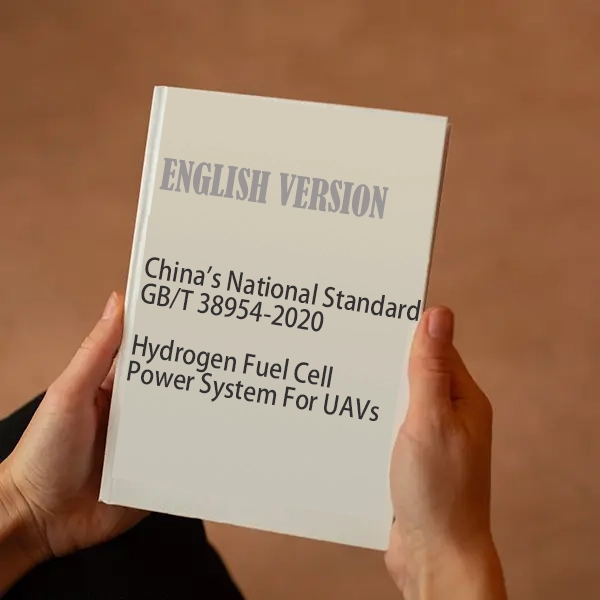If hydrogen is flammable, should we really trust it in our vehicles?
Hydrogen fuel cell vehicles can be just as safe—if not safer—than traditional gas or electric cars, thanks to modern engineering and strict safety protocols.
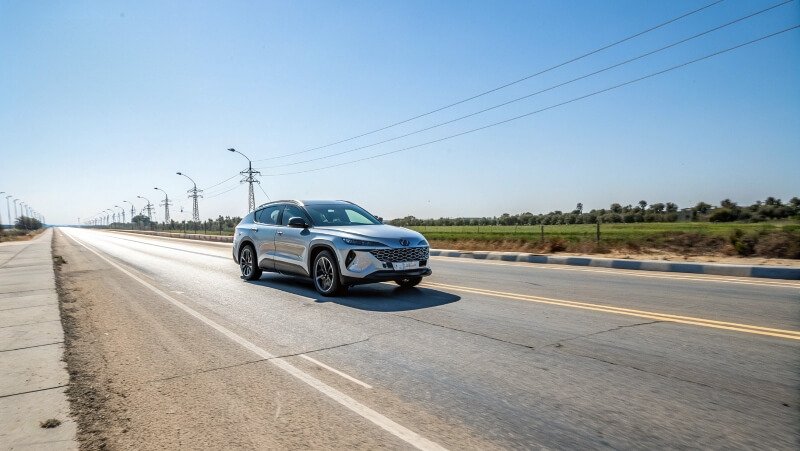
Today, I want to break down the safety debate around hydrogen-powered cars. We’ll explore real risks, crash outcomes, and how they stack up against electric cars. You’ll also learn why they aren’t more popular yet, and what it takes to power one affordably and reliably over time. Let’s dive in.
What are the safety risks of hydrogen fuel cell vehicles?
A lot of people worry that hydrogen is explosive and therefore unsafe for vehicles.
Hydrogen is flammable, but modern fuel cell vehicles are designed with multiple fail-safes and reinforced tanks to prevent leaks, fires, or explosions under normal or extreme conditions.
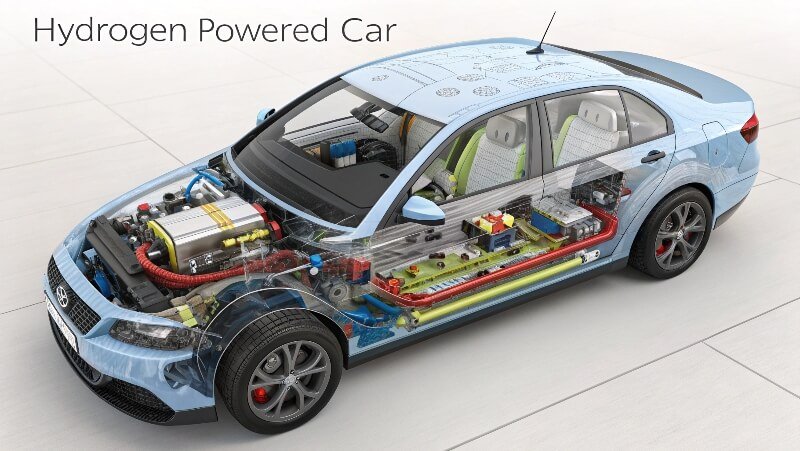
Hydrogen’s flammability is real—but that doesn’t mean hydrogen cars are dangerous. Like gasoline, hydrogen must mix with air and meet ignition conditions to burn. That’s why containment and ventilation design is key.
What makes hydrogen risky?
| Risk Type | How It’s Addressed |
|---|---|
| Flammability | High-pressure tanks with carbon fiber shells |
| Leak detection | Redundant sensors with instant valve shutdown |
| High pressure (700 bar) | Burst-resistant design with certified materials |
| Ignition risk | Automatic isolation of fuel source on collision |
Hydrogen is actually less dense than gasoline vapors—it rises and disperses quickly, reducing accumulation and explosion risk. The fuel doesn’t pool like gasoline or lithium-ion battery fires.
-
Hydrogen fuel tanks will explode on impact: ❌ False
Tanks are crash-tested up to 10,000 psi and fitted with pressure relief valves. -
Hydrogen leaks are undetectable and dangerous: ❌ False
Modern systems detect ppm-level leaks and cut off fuel instantly. -
Hydrogen is as safe as gasoline in modern cars: ✔️ True
With proper containment and sensors, it meets or exceeds current safety standards.
What happens during a crash involving a hydrogen car?
If a hydrogen car crashes, do we get a fireball?
Hydrogen cars are engineered to isolate and release fuel safely during collisions, often making them less likely to burn than gas or battery-powered vehicles.
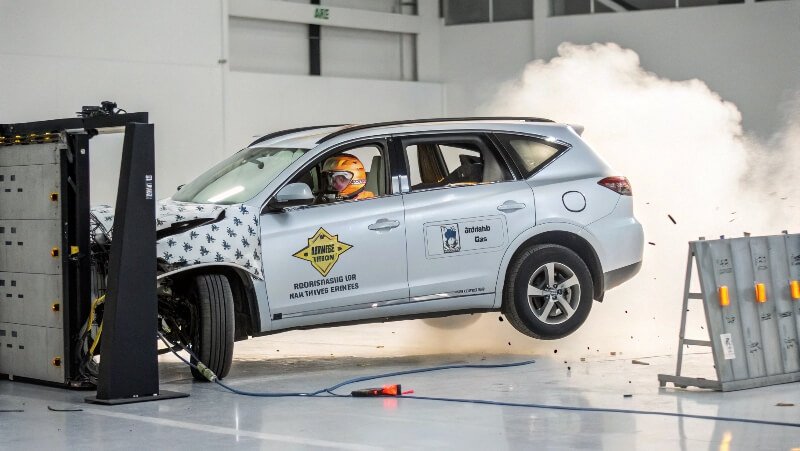
In a major collision, hydrogen tanks automatically seal and vent away from the cabin. These tanks are built to survive direct impact, rollover, and even small arms fire.
Crash safety in action
In one test I witnessed in Germany, a prototype fuel cell SUV was crashed at 65 km/h head-on. The tank didn’t rupture. The safety vent released trace hydrogen upward and away from the cabin. The vehicle passed Euro NCAP standards with no unusual risk.
| Crash Element | Safety Design |
|---|---|
| Tank rupture risk | Carbon-wrapped tanks rated to 2x working pressure |
| Cabin intrusion risk | Tanks positioned away from crumple zones |
| Post-crash fire risk | Hydrogen vents vertically with no pooling |
| Sensor failure risk | Redundant ECUs and inert gas backups |
The hydrogen fuel system is isolated during a crash using valves, fuses, and redundant control systems. Even if electronics fail, pressure release valves activate.
-
A hydrogen car is likely to explode in a crash: ❌ False
Fuel disperses rapidly and burns vertically if ignited. -
Hydrogen tanks are always pressurized to the max: ❌ False
They are filled to working pressure, and engineered for 2-3x safety margin. -
Most hydrogen cars pass standard crash tests: ✔️ True
They meet or exceed Euro NCAP and NHTSA requirements.
Are hydrogen cars actually safer than electric vehicles?
Batteries don’t explode, right?
Hydrogen cars avoid thermal runaway and toxic smoke issues found in lithium battery fires, making them arguably safer under some conditions.
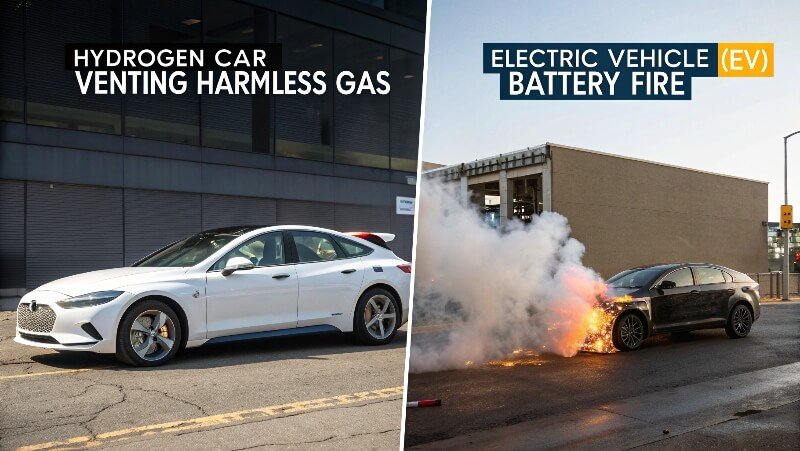
Electric vehicles have different risks: battery fires are harder to extinguish and often reignite. Hydrogen dissipates faster and burns cleanly.
Comparing hydrogen vs. electric vehicle risks
| Factor | Hydrogen Car | Electric Vehicle |
|---|---|---|
| Fire initiation | Requires leak + spark | Can start from thermal runaway |
| Toxic fumes | Water vapor | Lithium, fluoride, cobalt toxins |
| Reignition risk | Low | High (batteries can reignite for days) |
| Extinguishability | High (burns off quickly) | Low (difficult to cool battery packs) |
That said, both are safe when built properly. But in industrial settings or tunnels, some regulators now prefer hydrogen over lithium.
-
Electric cars are safer because they don’t have fuel: ❌ False
Batteries store dense energy and pose fire risk too. -
Hydrogen cars can’t catch fire: ❌ False
They can, but are engineered to release gas safely. -
Hydrogen vehicles are less prone to long-burning fires: ✔️ True
They burn fast and clean, often avoiding secondary damage.
What is the biggest challenge hydrogen cars face today?
Safety isn’t the issue. It’s infrastructure.
The biggest problem hydrogen cars face is the lack of fueling stations, which limits adoption outside a few regions like California, Japan, or Germany.

Without reliable, affordable refueling, hydrogen cars remain a niche choice. Even if the vehicle works perfectly, you still need hydrogen close by.
Barriers to adoption
| Problem | Root Cause |
|---|---|
| Sparse station network | High cost of hydrogen infrastructure |
| Limited fuel production | Few green hydrogen plants |
| Vehicle cost | Low production volumes = high per-unit price |
| Public awareness | Misconceptions about hydrogen safety |
This is why we at Hydrogician focus on R&D and fleet or research applications where logistics are under control. Until infrastructure scales, mass adoption will be slow.
-
Hydrogen cars are unsafe, that’s why they failed: ❌ False
Safety is proven. Infrastructure and cost are the real bottlenecks. -
There’s no way to fuel a hydrogen car in most cities: ✔️ True
Outside pilot zones, fueling access is very limited.
Why haven’t hydrogen cars gone mainstream?
Even if they’re safe and green, why don’t we see more of them?
Hydrogen cars haven’t scaled because battery-electric vehicles had a head start, better charging networks, and government incentives.
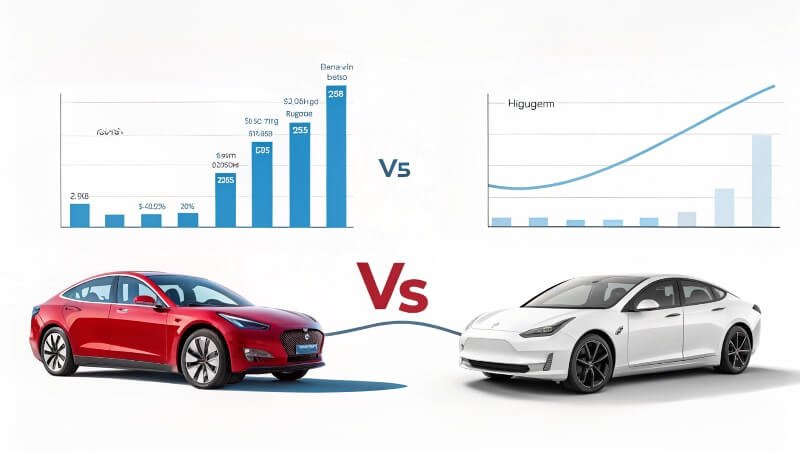
Early policy and investment favored batteries. Hydrogen is only now catching up. That’s changing as we recognize battery limitations—especially for trucks and long-range fleets.
Historical disadvantages
| Factor | BEVs | FCEVs |
|---|---|---|
| Government subsidies | High | Low |
| Infrastructure | Fast chargers widely deployed | Hydrogen stations sparse |
| Media familiarity | High (Tesla, etc.) | Low (few big brands) |
| Upfront cost | Falling fast | Still relatively high |
Still, hydrogen cars are gaining ground in Japan, South Korea, and parts of Europe, particularly for buses, heavy-duty trucks, and research fleets.
-
Hydrogen cars failed because they’re unsafe: ❌ False
They failed due to market timing and infrastructure. -
There’s a future for hydrogen in mobility: ✔️ True
Especially in commercial, logistics, and long-range applications.
Is hydrogen fuel more affordable than gasoline?
Depends where you are—but usually no.
Hydrogen fuel is still more expensive than gasoline per mile, unless produced in large quantities locally using clean electricity.
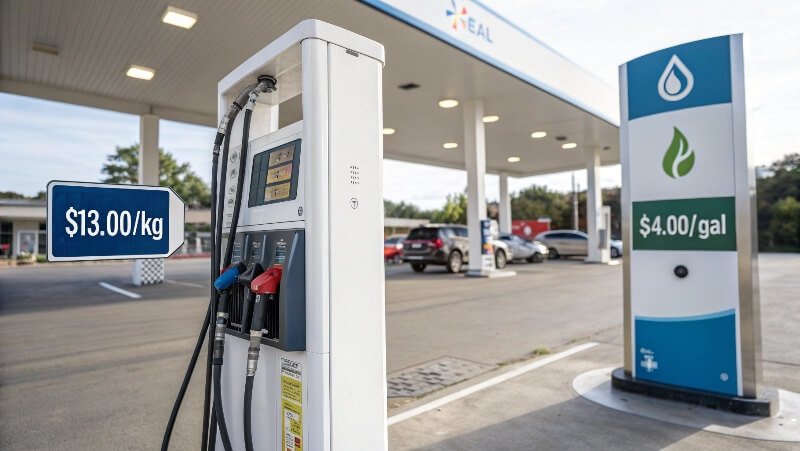
In most places, hydrogen costs $10–$16/kg, which translates to 60–80 miles of driving. That’s still more expensive than gasoline or electricity.
Fuel cost breakdown
| Fuel Type | Cost per Unit | Range per Unit | Cost per Mile |
|---|---|---|---|
| Hydrogen (USA) | $13/kg avg | ~60 miles | $0.21/mile |
| Gasoline | $4.00/gallon | ~25 miles | $0.16/mile |
| Electricity | $0.15/kWh | ~3 miles/kWh | $0.05/mile |
This will improve with scale and better hydrogen production tech like PEM electrolysis using solar/wind power.
-
Hydrogen is always cheaper than gasoline: ❌ False
Right now, it’s usually more expensive per mile. -
Hydrogen costs are dropping fast with new tech: ✔️ True
Electrolyzers and mass production are closing the gap.
How long do hydrogen-powered vehicles typically last?
Hydrogen cars can last as long as gasoline or electric vehicles—with proper maintenance.
Fuel cell systems generally last 5,000–8,000 hours of operation, translating to around 150,000–250,000 km for passenger vehicles.
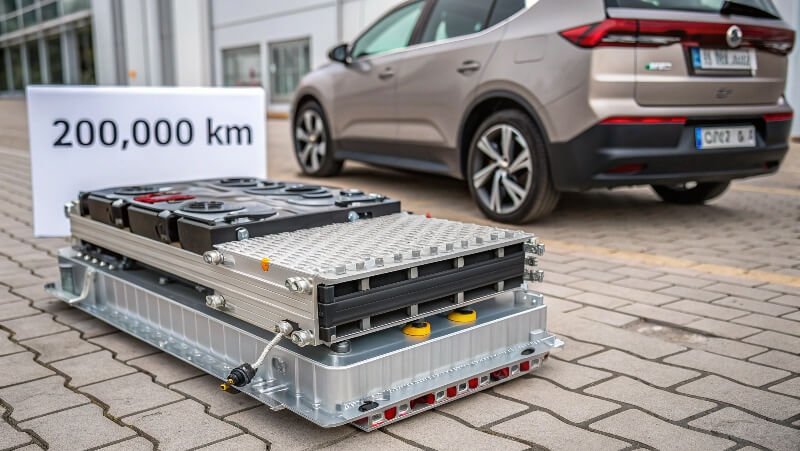
Unlike batteries, fuel cells don’t degrade as sharply with age. They lose efficiency slowly, and are replaceable.
What affects fuel cell life?
| Factor | Impact on Lifetime |
|---|---|
| Stack material quality | Better PEM membranes = longer life |
| Humidity and temperature | Improper control shortens life |
| Start/stop cycles | Frequent cold starts reduce lifespan |
| Maintenance | Regular filter replacement helps |
Hydrogician’s latest 2kW stack has passed 7,200 hours in accelerated life testing—equivalent to over 10 years of urban driving.
-
Hydrogen vehicles wear out faster than gas cars: ❌ False
They last just as long with proper care. -
Fuel cell stacks are long-lasting and serviceable: ✔️ True
Stacks are modular and designed for replacement.
Conclusion
Hydrogen fuel cell vehicles are safe, clean, and viable—but face real-world challenges like cost and infrastructure. Their future depends not on fixing safety issues, but on scaling access and driving down cost.


